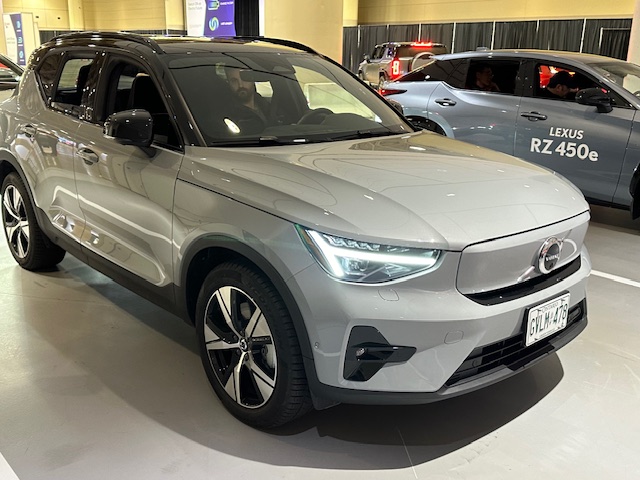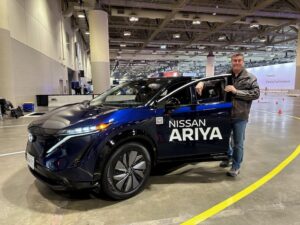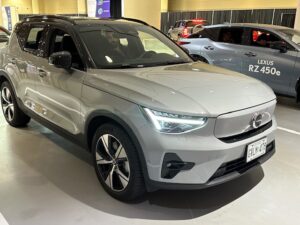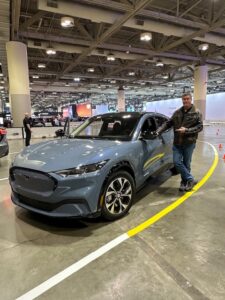Common BEV Electric Vehicle System Issues.

Battery-related Issues:
This can include degradation over time, requiring battery replacements, or issues with individual battery cells. It could be the 12V battery that fails as it’s not regularly tested. HV battery issues may arise from aging or improper charging patterns over time. Common vehicles like the Nissan leaf had HV battery failures and limited range due to a lack of a cooling system, has become a costly service issue for the owner. Alternative options are coming to the market, but caution to which are reliable long term.
Electric Motor Problems:
These could involve malfunctions or failures in the electric motor, which is crucial for the propulsion of the vehicle. It’s common for water intrusion on some Tesla models.
Charging System Repairs:
Problems with the charging port, onboard charger, or charging cables could occur. For instance, the Nissan Leaf had issues with L2 charge port failures.
Software Updates and Glitches:
As EVs rely heavily on software for various functions, software updates or glitches might necessitate attention from technicians. Many car companies have moved to “over the air” updates. Like Tesla, you can do many updates from the primary screen in the car.
Cooling System Maintenance:
Electric vehicles often require cooling systems for their batteries and motors. Issues with these systems can arise, such as leaks or malfunctions. A lack of maintenance and care can lead to significant long-term battery failures due to degradation of the fluid’s ability to protect components. Alternatively, a failure in alternative systems due to fluid intrusion of coolant can occur. Tesla comes to mind in this aspect, where a coolant leak can lead to significant issues on some models.
Brake System Maintenance:
While EVs use regenerative braking to recharge the battery, traditional braking systems still exist and require maintenance. Proper service of the brake system calipers is essential. Caliper sliders can seize up and cause dragging, reducing performance and leading to premature failure. Brake rotors can develop significant surface rust, leading to a porous surface condition. Some of these rotor situations can be avoided using an on-car brake lathe.
HVAC System Maintenance:
Problems with the heating, ventilation, and air conditioning systems may occur, affecting comfort and overall vehicle performance. These vehicles can have a primary heating system and a secondary system. Systems are complex and may fail. Air conditioning systems are critical, especially the “Chiller System,” cooling the high voltage battery, especially during L3 Supercharging. Untrained technicians or DIYers must avoid using improper refrigerant gases, DIY kits, and sealants in these systems, as they can affect heating and cooling capacity and potentially harm the micro ports and passages that refrigerant passes through.
Electric Components:
Various electric components like sensors, actuators, and wiring may experience faults or wear over time.
Tire and Suspension Maintenance:
While not unique to EVs, tire wear and suspension issues are common across all vehicle types. Due to the weight of electric vehicles, they may consume tires at a faster rate than traditional ICE engine vehicles. Be cautious and ensure proper tires installed for the vehicle. Lower quality or non-EV rated tires will wear even faster and may not provide proper stability or control. Tire rotations are essential due to the nature of urban, city driving of these cars, as constant turning left and right will wear front tires much quicker.
General Wear and Tear:
Like traditional vehicles, EVs also undergo general wear and tear on components such as bearings, belts, and seals. Heavier cars mean more load and force on suspension and steering parts. Common fatigue areas are ball joints, rubber bushings, control arms, and suspension struts. Once these are worn out, an increase in failure will occur in the tires, brakes, and lower range from the battery system.
Remember, the specifics can vary depending on the make and model of the electric vehicle, as well as the age and usage. It’s always a good idea to consult the manufacturer’s recommendations for maintenance and be proactive in addressing any issues promptly. Additionally, as EV technology continues to evolve, newer models may introduce different maintenance challenges or improvements over time.
Carlo Sabucco – Owner, Sil’s Complete Auto Care Centre.





